As we walk through our sermon series in the Gospel, we are not spending a Sunday studying John 7:53-8:11. Why is that?
There is likely a note in your printed Bible that explains how this story was not a part of the earliest manuscripts of John’s Gospel. While it’s a wonderful story that emphasizes truths we see elsewhere in the Bible, we do not have sufficient grounds to confidently consider it a part of scripture. Of course, this opens the door to other questions: How did this story get there? How did we get the Bible we have in our hands today? Can we be confident that what we have is what was written?
So here is a list of helpful resources on the topic. We encourage you to dig deeper and be encouraged by the reliability of your copy of the scriptures, and the power of God’s word.
Neither Do I Condemn You by John Piper (Lecture/ Sermon)
Piper writes as a pastor to his congregation, giving the reasons why this passage is not originally a part of scripture and an overview of Textual Criticism. He then shows how the truths in the passage are still glorious and biblical.My Favorite Passage That is Not in The Bible by Daniel B. Wallace (Article)
Wallace writes as a scholar who is an expert in this field, digging into some detail on the science of textual criticism.John 7:53-8:11 Should be in a Footnote, Not in The Text by Jim Hamilton (Article)
If it’s not in the Bible, why is it in our Bibles? IN this brief article Dr. Jim Hamilton gives four reasons why it should be removed from our printed Bibles.Reliability of The New Testament (Audio/ Video)
In this podcast episode, Drs. Darrell L. Bock and Dan Wallace discuss the reliability of the New Testament, focusing on the task of discovering the wording of the original documents.Why Trust The Bible? (Book)
This short book is a helpful treatment on the reliability of the Bible. We provide free copies of this book every Sunday at the resource table.

